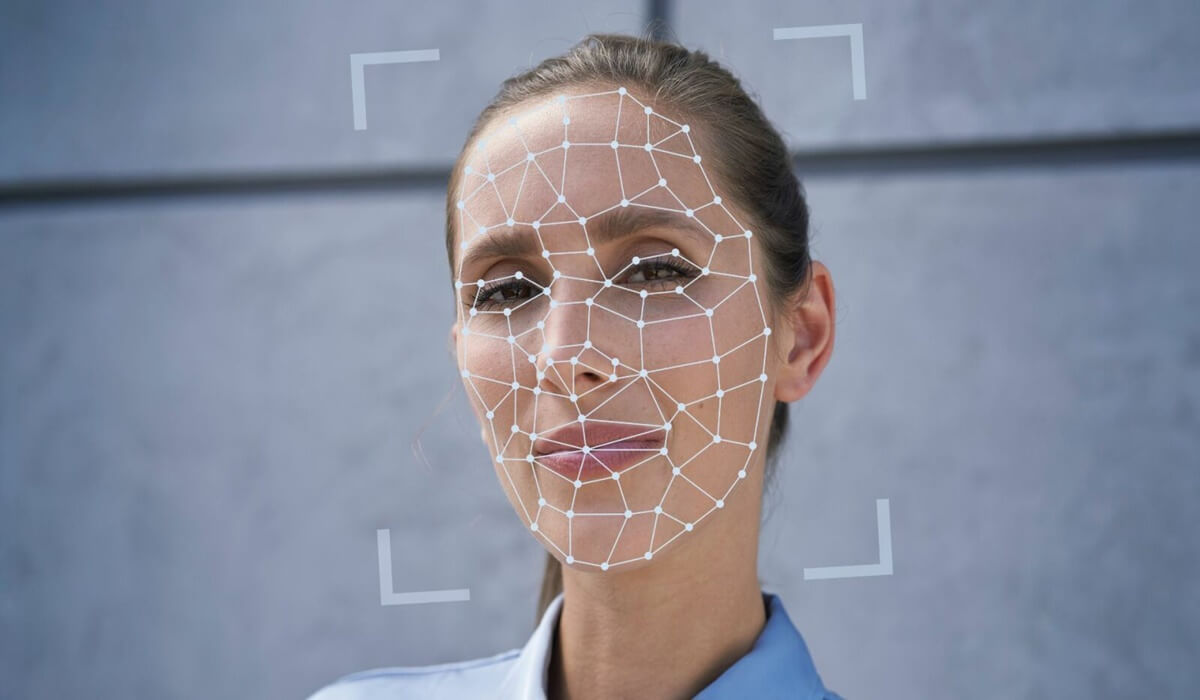The new solution, named FakeCatcher, uses Intel’s hardware and software in the PPG process to analyze the color signals of the blood flow – of a person involved in the video. It’ll then result in the video as true or false based on these checks.
A Real-Time Deepfake Detector
While we all know Intel for crucial chips in electronics, the company is working widely in the technology industry. And one among them is countering the problem with deepfakes, where one can try morphing a video of someone doing something using AI. While we have a number of solutions to tackle this now, they all use basic machine learning to spot the difference – and not considering any other factors. Thus, Intel has now come up with an advanced solution called FakeCatcher – which uses photoplethysmography (PPG) to find deep fake videos. To understand PPG, you should first know that all our blood vessels reflect a certain amount of light when the blood is passed through them. And reading this color changes to determine how live the image is what FakeCatcher does. This new tool will run on Intel’s hardware and software while offering a web interface for the users to check the results. FakeCatcher is said to have a 96% accuracy rate in its results, as it collects color signals from 32 locations on the face, which are then analyzed by algorithms to determine the facts. As of now, anyone wanting to fact-check their deepfaked videos needs to upload them to verifying platform and wait for hours to get the result. The whole process for companies involved in this program would cost billions of dollars and is increasing over time. Thus, we shall see how great it’ll be adapted to fact-checking processes in various industries.
